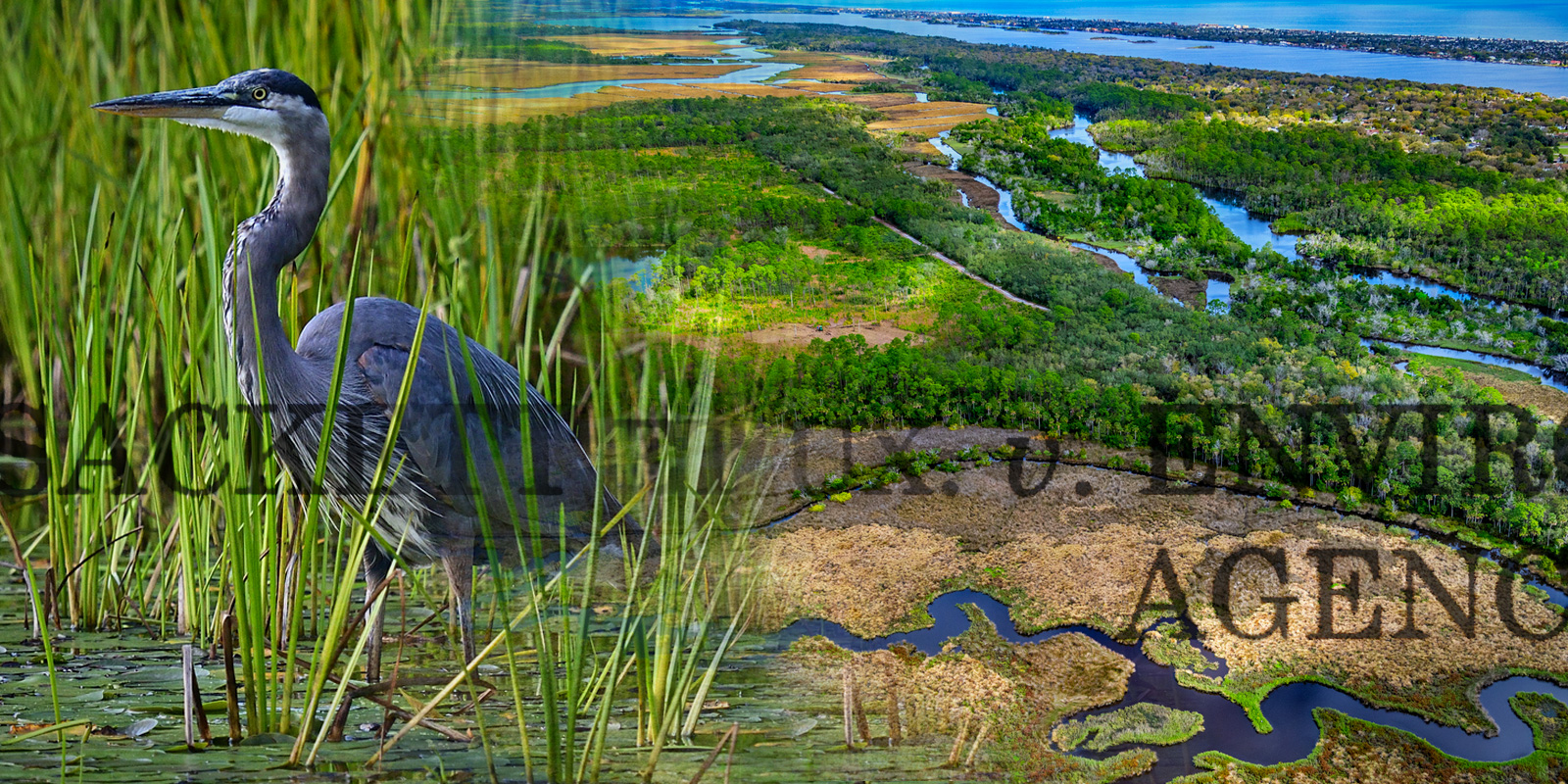
Supreme Court Issues Wetlands Ruling in Sackett v. EPA Decision
In Short
The Development: On May 25, 2023, the United States Supreme Court issued its decision inSackett v. EPA, providing new insight into whether wetlands qualify as "waters of the United States" subject to regulation under the Clean Water Act ("CWA").
The Result: The Supreme Court held that wetlands are covered by the CWA only if they have a continuous surface connection with some relatively permanent body of water linked to a traditional navigable waterway. The Court rejected the broader test advocated by the Environmental Protection Agency ("EPA"), which would have deemed wetlands to be covered whenever they have a "significant nexus" to such waters, even in the absence of any surface connection.
Looking Ahead: The decision narrows the scope of the CWA and accordingly limits the EPA's authority to regulate wetlands.
Case Background
The CWA prohibits the discharge of pollutants into "navigable waters," defined as the "waters of the United States." The scope of that definition has been a source of extensive litigation.
In Sackett v. EPA, after preparing their lot for construction, the Sacketts received a stop work order after the EPA and the Army Corps of Engineers (the "Corps") determined that wetlands on their property were covered by the CWA because of their proximity to Idaho's Priest Lake and Kalispell Bay Fen. Although the Sacketts' wetlands did not have any continuous surface connection to navigable waters, the EPA argued that they were still covered by the CWA because they fed into those waterways indirectly. The U.S. Court of Appeals for the Ninth Circuit agreed. Relying on Justice Kennedy's concurring opinion in Rapanos v. United States, the Ninth Circuit held that the wetlands were covered by the CWA because they possessed a "significant nexus" to interstate waterways, thus qualifying as "waters of the United States."
The Decision
The Supreme Court unanimously reversed the Ninth Circuit's decision, rejecting the EPA's position and holding that the wetlands on the Sacketts' property did not qualify as "waters of the United States" under the CWA. Writing for the Court, Justice Samuel Alito explained that the statutory term "waters of the United States" encompasses only "relatively permanent, standing or continuously flowing bodies of water" such as "streams, oceans, rivers, and lakes." The term does not encompass wetlands standing alone. Thus, the only way wetlands can be covered is if they have a "continuous surface connection" to waters that are covered in their own right, "making it difficult to determine where the 'water' ends and the 'wetland' begins." Since the wetlands on the Sacketts' property did not have any such continuous surface connection, they were not part of the "waters of the United States."
In reaching this conclusion, the Court declined to defer to the EPA's preferred "significant nexus" test, which the Court said has no basis in the statutory text and "clashes with 'background principles of construction.'" Among other things, since the "[r]egulation of land and water use lies at the core of traditional state authority," a statute should not be read to impose broad federal regulation in this area in the absence of a clear statement from Congress. The Court also noted that the EPA's nebulous "nexus" test would create "serious vagueness concerns" because it threatens criminal penalties without offering any clear way to determine which properties might be subject to the CWA.
Three additional opinions accompanied the majority. All agreed that the EPA's interpretation should be rejected, but each differed from the majority in some respects. Justice Kavanaugh wrote an opinion concurring in the judgment, joined by three other justices, arguing that the CWA should be read to cover wetlands not only if they have a continuous surface connection to navigable waters, but also if they are near enough to be considered "adjacent," even if they are separated by a man-made or natural barrier. Justice Kagan also wrote an opinion concurring in the judgment, joined by two other Justices. Her opinion made the same essential point as Justice Kavanaugh and also criticized the majority for narrowing the scope of the CWA beyond what she took to be the better reading of the text. By contrast, Justice Thomas wrote a concurring joined by Justice Gorsuch arguing that the CWA should be construed even more narrowly. In their view, Congress has limited authority to regulate waters "only for purposes of their navigability—by, for example, regulating obstructions hindering navigable capacity"—and not for environmental purposes.
Under the Supreme Court's decision, wetlands are not subject to regulation under the CWA unless they have a continuous surface connection with "waters of the United States," meaning a relatively permanent body of water connected to a waterway traditionally conducive of interstate navigation, such as a stream, river, lake, or ocean.
The "Waters of the United States" Rule
The immediate impact of the ruling is reversal of the Ninth Circuit's judgment and remand of the case for further action. The Court's decision, however, is also likely to impact the implementation of EPA and the Corps' "Revised Definition of 'Waters of the United States'" rule, which took effect on March 20, 2023. In this rule, the current definition of "waters of the United States" includes wetlands adjacent to impoundments of the "waters of the United States" or jurisdictional tributaries where such wetlands meet the "significant nexus" standard. Moreover, the rule also utilizes a "significant nexus" standard when assessing whether tributaries and various other features are part of the "waters of the United States."
Four Key Takeaways
- Sackett v. EPA is part of a recent trend of Supreme Court decisions such as West Virginia v. EPA that have declined to defer to agencies' broad interpretations of statutes, instead employing de novo textual analysis. The decision again confirms the Court's skepticism of allowing agencies to use vague statutory terms to create sweeping regulatory schemes that displace traditional state authority without clear congressional authorization.
- More immediately, Sackett v. EPA significantly limits the federal government's authority under the CWA to regulate the discharge of materials into wetlands. EPA and the Corps will have to meet more stringent criteria in establishing that a wetland is a "water of the United States" subject to regulation under the CWA.
- Additionally, some long-regulated adjacent wetlands may no longer be subject to CWA regulation. Determining how to proceed if property contains previously regulated wetlands will require a fact-specific analysis of how the property is regulated under the new Court standard, where the project stands in the regulatory process, and any other state or local requirements that may apply to the wetlands.
- The decision will likely impact implementation of the new "waters of the United States" rule, which is currently tied up in litigation. The Court's decision calls into question the validity of the new rule's broad assertion of jurisdiction over wetlands.
*Jason Daniels, a summer associate in Houston, assisted in the preparation of this Commentary.








